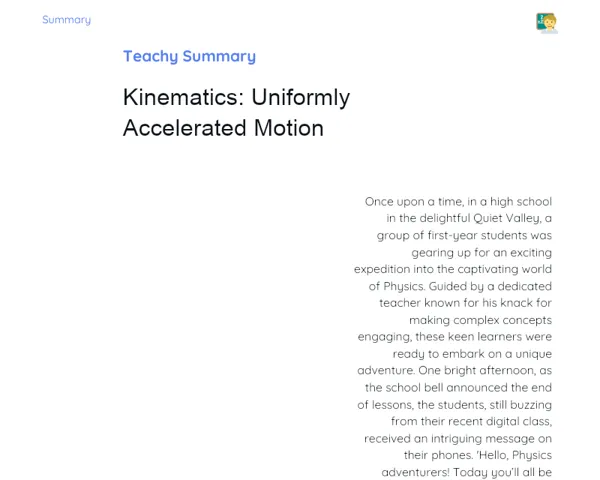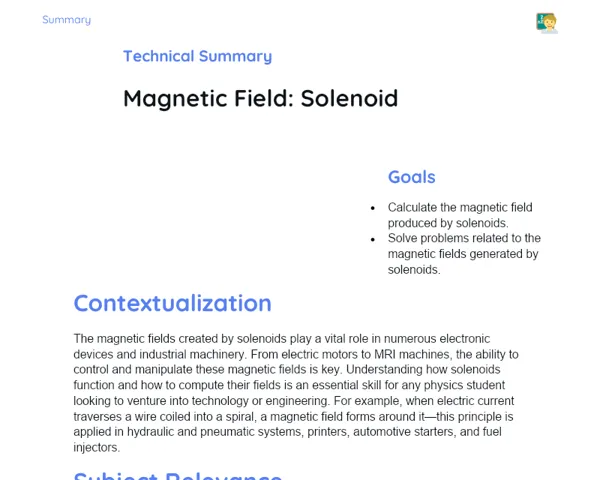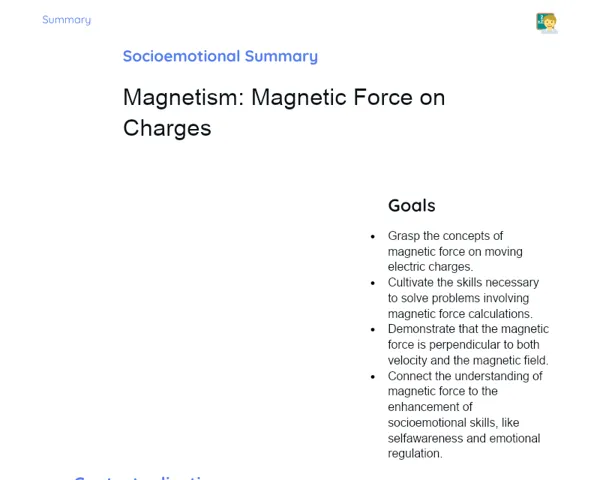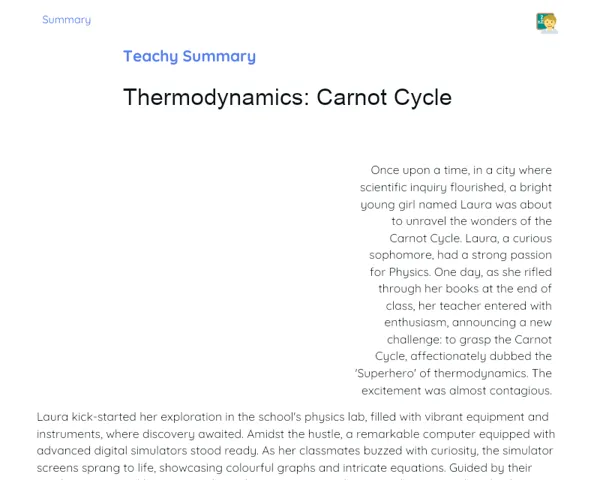Summary Tradisional | Work: Constant Force
Contextualization
The concept of work in physics is essential for grasping how energy is utilized and transformed within various systems. Unlike the everyday understanding of the term, which associates work with any effortful activity, in physics, it refers specifically to the energy transferred by a force acting on an object as it moves. This precise definition is key to understanding mechanical and energetic phenomena, from how machines function to the motion of celestial bodies.
In practical applications, the idea of work done by a constant force is significantly relevant in fields like engineering and technology. For instance, engineers rely on these calculations to ensure the safety and efficiency of equipment and structures, such as theme park rides, where it's crucial to compute the work involved to guarantee safe operation. Moreover, this concept lays the groundwork for more advanced topics, like engine efficiency and electricity generation in power plants, making it indispensable for comprehending various technological and industrial processes.
To Remember!
Definition of Work in Physics
Work in physics is defined as the energy transferred by a force acting on an object as it moves. Unlike the common usage of the term, which connects work to any activity that requires effort, it assumes a specific and technical meaning in physics. When a force is applied to an object and it moves in the direction of that force, work is performed.
This concept is fundamental in physics as it measures energy transfer. Without a solid grasp of this idea, it would be challenging to understand how energy is used and transformed in different systems. For example, when you push a cart, energy is transferred from the person pushing to the cart, resulting in its movement.
It's significant to note that work is only done when there is displacement in the direction of the applied force. If a force is applied but the object remains stationary, no work is executed. This distinction highlights how the concept of work in physics varies from the broader, everyday use of the term.
-
Work refers to the energy transferred by a force.
-
Work requires displacement in the same direction as the force.
-
Without displacement, no work is achieved.
Work Formula
The formula to calculate the work done by a constant force is: W = F * d * cos(θ). Here, W denotes work, F is the applied force, d is the distance traveled by the object, and θ is the angle between the force and the direction of movement.
The force F is measured in Newtons (N), representing the intensity of the force on the object. The distance d is recorded in meters (m), indicating how far the object has moved in the direction of the force. The cosine of angle θ plays a vital role since it determines the component of the force that contributes to the work done.
For instance, if the force is applied in the same direction as the movement (θ = 0°), the cosine of 0° is 1, meaning the total force aids in doing work. Conversely, if the force is perpendicular to the movement (θ = 90°), the cosine of 90° is 0, indicating no work is accomplished. Thus, understanding the angle between the force and the motion is crucial for accurately calculating work.
-
The work formula is W = F * d * cos(θ).
-
F is the force applied, measured in Newtons (N).
-
d is the distance traveled, measured in meters (m).
-
cos(θ) represents the cosine of the angle between the force and movement.
Units of Measurement
Units of measurement are critical for performing precise calculations in physics. In terms of work, force is quantified in Newtons (N), distance in meters (m), and consequently, work in Joules (J).
One Newton is the SI unit of force and is defined as the force required to accelerate one kilogram of mass at one meter per second squared. One meter is the standard unit of length in the SI system. One Joule, the unit for work, is defined as the work done when a force of one Newton moves an object one meter in the direction of that force.
Understanding and accurately using these units is fundamental for solving physics problems. For example, when determining the work done in moving a box, it is essential to know the force applied in Newtons and the distance the box has traveled in meters to compute the work in Joules.
-
Force is measured in Newtons (N).
-
Distance is measured in meters (m).
-
Work is measured in Joules (J).
-
One Joule equals the work done by a force of 1 Newton moving an object 1 meter.
Positive, Negative, and Zero Work
The idea of work in physics can be classified as positive, negative, or zero, depending on the force's direction and angle relative to the object's movement.
Work is positive when the applied force has a component in the same direction as the object's displacement. For example, if you push a cart forward while applying a force in the same direction, positive work is done.
Work is negative when the applied force has a component opposing the direction of the object's movement. A typical example is the work done by friction forces, which resist the object's movement and thus result in negative work.
Work is zero when the applied force is perpendicular to the direction of the displacement or when there is no displacement at all. For instance, if you're holding a heavy object stationary against gravity, no work is done since there’s no movement.
-
Positive work occurs when the force aligns with the displacement.
-
Negative work occurs when the force opposes the displacement.
-
Zero work occurs when the force is at right angles to the displacement or when no displacement occurs.
Key Terms
-
Work: Energy transferred by a force acting on an object as it moves.
-
Constant Force: A force that remains constant in magnitude and direction during displacement.
-
Displacement: The distance an object travels in the direction of the force applied.
-
Cosine of the Angle (cos(θ)): Factor that determines the effective component of the force that performs work.
-
Units of Measurement: Force in Newtons (N), distance in meters (m), and work in Joules (J).
-
Positive Work: Work done when the force acts in the same direction as the displacement.
-
Negative Work: Work done when the force opposes the direction of displacement.
-
Zero Work: Work done when the force is perpendicular to the displacement or when there is no movement.
Important Conclusions
The concept of work in physics is vital for understanding how energy is transferred and applied across various systems. By defining work as the energy transferred by a force acting on an object as it moves, we underscore its importance in analyzing mechanical and energetic phenomena, ranging from machines to heavenly bodies.
The work formula, W = F * d * cos(θ), allows us to determine the work done by a constant force while factoring in the applied force, the distance traveled, and the angle of motion. This knowledge is instrumental for tackling practical problems and understanding energy efficiency across diverse contexts.
Grasping the conditions that lead to positive, negative, and zero work is essential for effectively using the formula and analyzing different scenarios. This comprehension enables students to realize the significance of the angle of applied force and its influence on the execution of work, aiding problem-solving and the practical application of the concept in real-world situations.
Study Tips
-
Review the work formula (W = F * d * cos(θ)) and practice with various problems that involve different forces, distances, and angles.
-
Familiarize yourself with the units of measurement tied to work, such as Newtons (N) for force, meters (m) for distance, and Joules (J) for work, to achieve a thorough understanding of calculations.
-
Examine practical examples and everyday occurrences where the concept of work applies, such as in machinery, equipment, and physical activities, to visualize the theory in action and reinforce comprehension.



